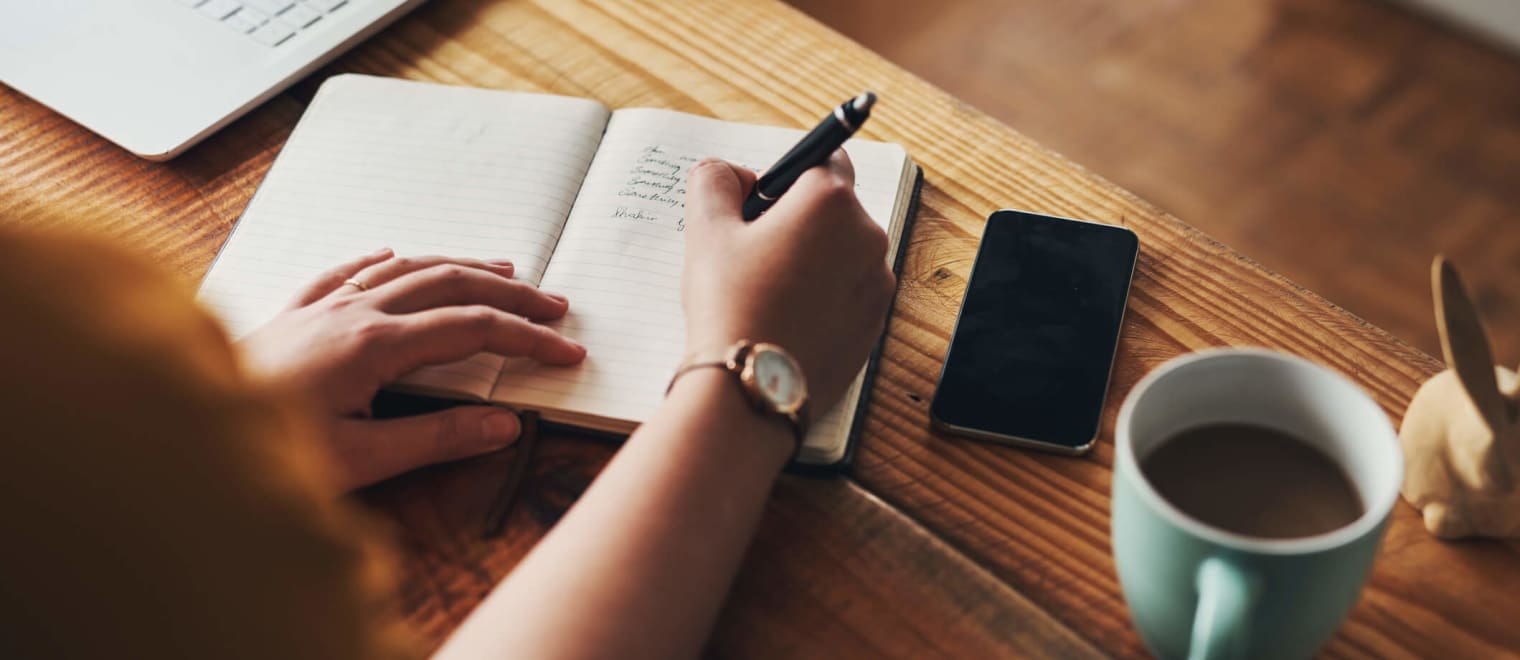Have you ever looked back at your notes from class, a seminar or any learning session a day later and thought, 'I have NO idea what that means, in any way, shape or form'? You should definitely consider reading this informal CPD article.
The best way to take notes
Unbeknown to some, note-taking is a pretty significant skill. If you've ever tried writing down everything someone is saying word-for-word, then you'll know how hard and ineffective that is. You end up losing track mid-sentence, and either has to ask them to repeat or, if you can't, give up and disregard that note entirely (which, guaranteed, it's the most important thing they've said all session).
Note-taking is a skill for life
Note-taking isn't just for class or studying; it's a skill that you'll carry potentially carry forward to your career too. For example, a Police officer taking a statement, a hairdresser booking someone in with specific requirements, a business exec sat in on a meeting. There are many situations in life where you'll be thanking yourself for putting in a bit of time to learn how to take good notes.
Learning to take good notes can be a trial and error process because not every note-taking method will work for everyone. We suggest you try the below ways and see which one works best for you. To note, some of the methods are official; some of them have stemmed from personal preferences, which we'd like to share with you.
How to take notes tip 1 - Get in the zone
This first point is less about a note-taking method and more about preparation. Before you pull out your notepad and pen, ensure you're mentally prepared for the information that's coming your way. If you're feeling distracted; got your mind on other things, you're less likely to take in the information and pull out key points.
Before you begin the session or work, spend a little bit of time relaxing your mind, focussing on a positive mindset and perhaps using some meditation techniques if that helps.
How to take notes tip 2 - Cornell Notes
This is a recognised method for taking notes. It consists of dividing your page into three sections; notes, questions/cues and a summary. You fill the notes section full of direct notes you've taken at the time. You use the second section to pull out cues that can be used as prompts or questions that you might be asked at a later date (in a test or if someone questions you afterwards). The last section is for you to pull out the key points from the session and summarise everything you've learned in a couple of sentences.
How to take notes tip 3 - Outline the key points
This method is precisely what it says on the tin. Whilst you're given the information, you jot down an outline of the key points and then expand on these underneath each 'topic' (if you like). This helps you pull out the primary information and provides you with crucial prompts if you have to relay the information later.
How to take notes tip 3 - Using the mindmap process
The mindmap could be an excellent method if you're more of a visual learner. This way, you draw a central cloud or circle and detail the key topic or subject. You draw surrounding shapes that detail subtopics all relating to the main subject from this. This is a great way to pull out key points that relate to one thing. Plus, we've found, because you're drawing little shapes on a page, you're limited to the amount of writing you can put in there, so you tend to keep it short, only writing down precisely what you need.
How to take notes tip 4 - making the most of Colourful highlighting
This is an unofficial method that we've trialled over the years. Throughout the informative session, you take general notes, divided by headings, and then go through and highlight keywords (using a colourful felt tip or highlighter). This helps to differentiate between key takeaways and surrounding information. Again, if you're a visual learner, this may be a more effective method for you, as you're using colours to pull out important information within the notes.
Other considerations
There is no need to write down everything that you hear. This takes too long, and you'll end up missing the last part of the sentence (unless you're a super-speedy writer). But, even if you are a quick writer, all that information is too much to digest, and the key focus will be blurred and unclear.
To practice shortening down your notes, ask someone to say a long sentence a couple of times. Note it down, and then see how many words you can remove, and it still makes sense/you're able to understand the main focus of the sentence.
How to find CPD training courses
We hope this article was helpful. There are thousands of different CPD courses available in the Course Catalogue. Please simply search through the industry categories or use the CPD search bar to find relevant courses suitable for your professional learning.
About The CPD Certification Service
The CPD Certification Service was established in 1996, and is the largest and leading CPD accreditation organisation working across all industry sectors. We provide CPD certification for training providers and events organisers to ensure that learning activities are suitable for Continuing Professional Development.













